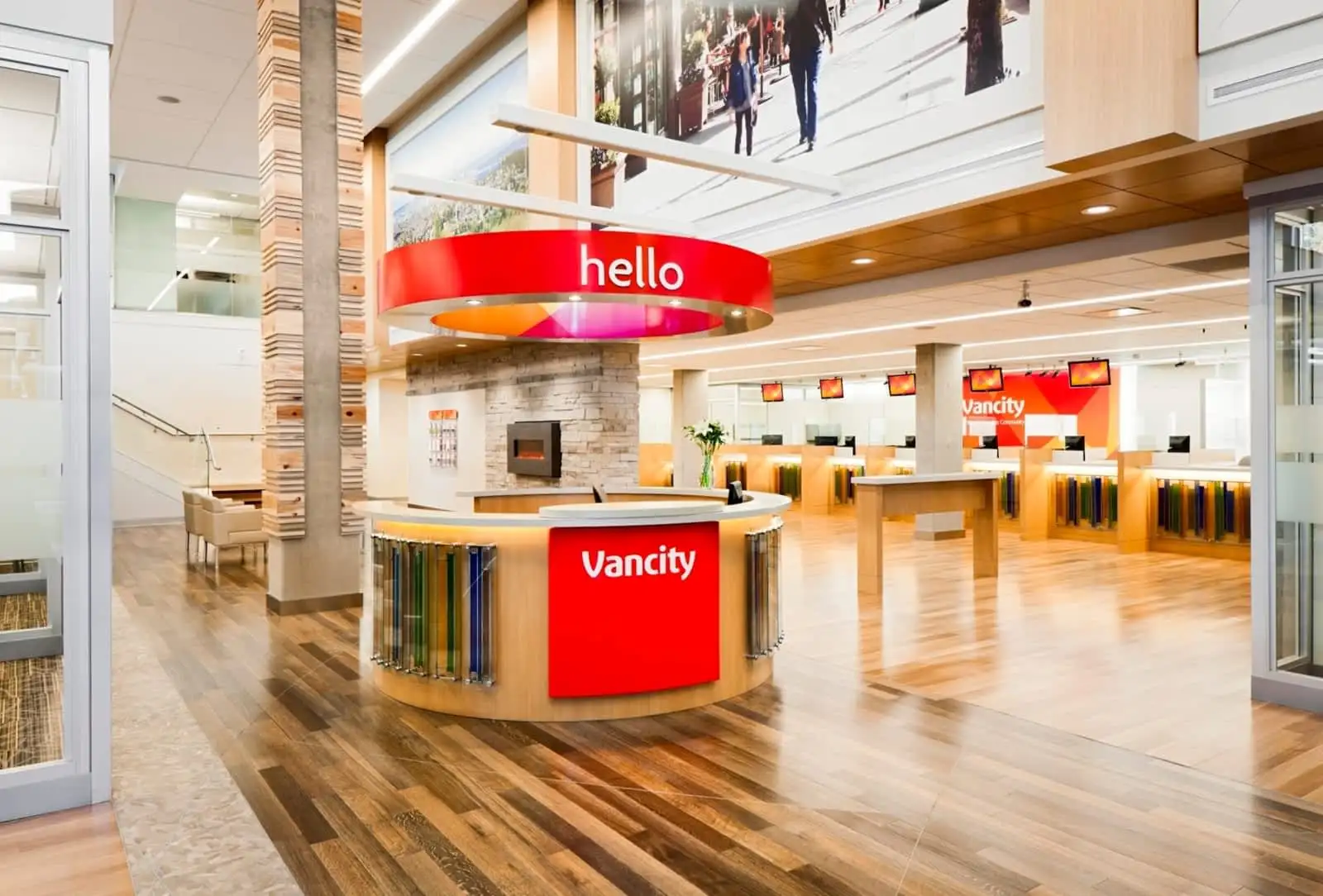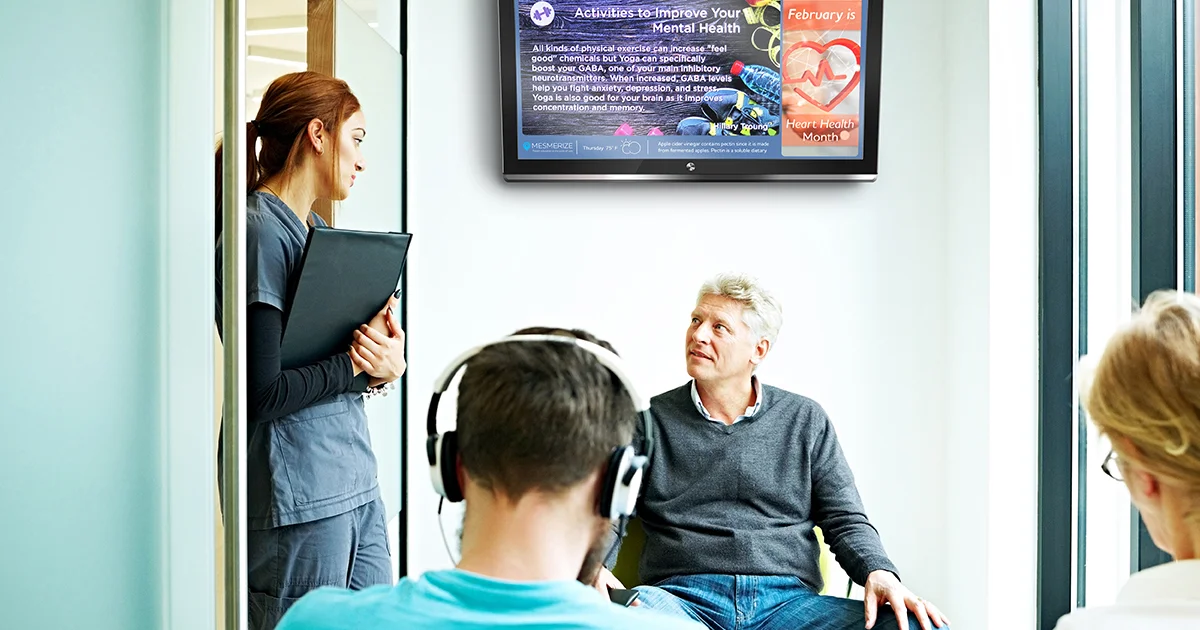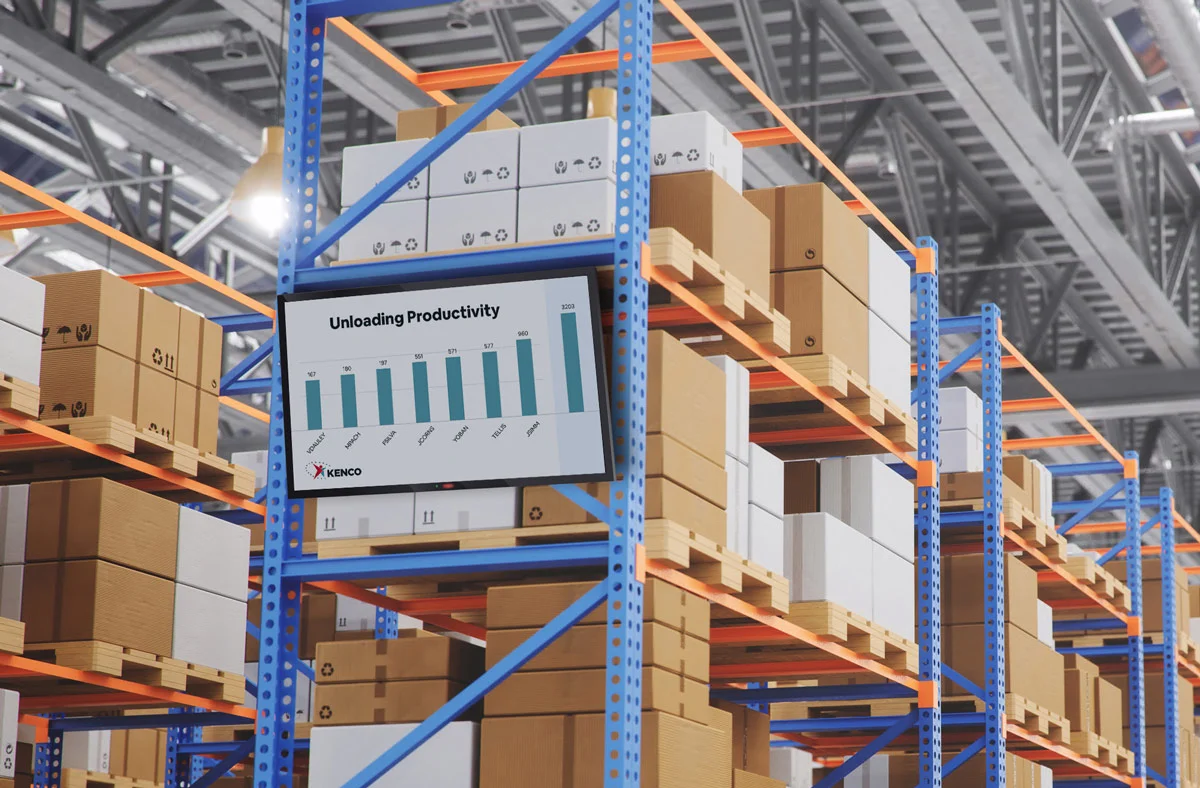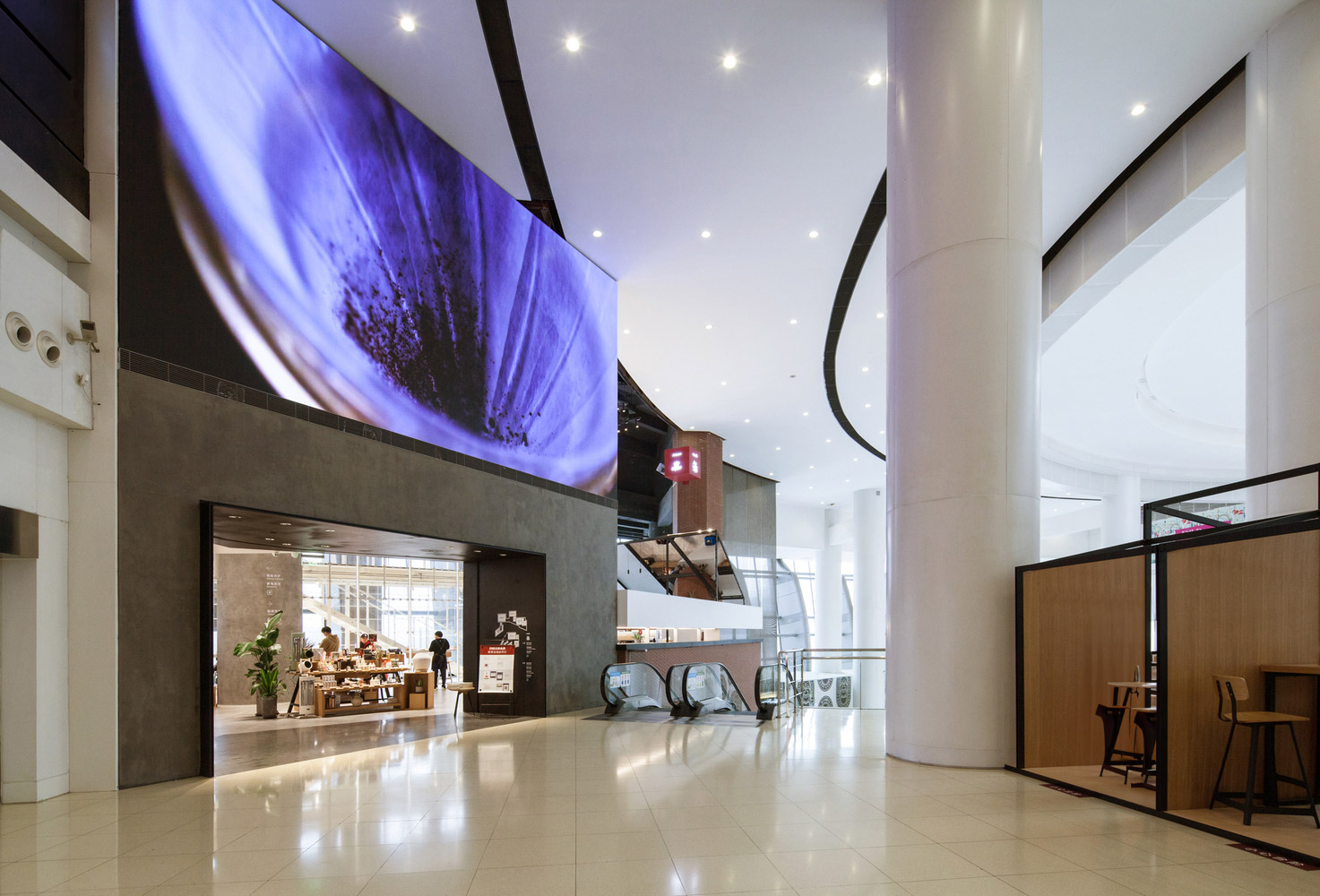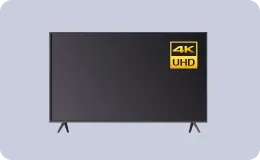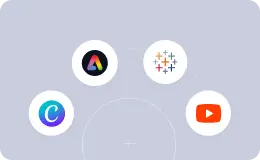Easy Menu Digital Signage for Business
WRITTEN BY: TelemetryTV, 03-17-2025
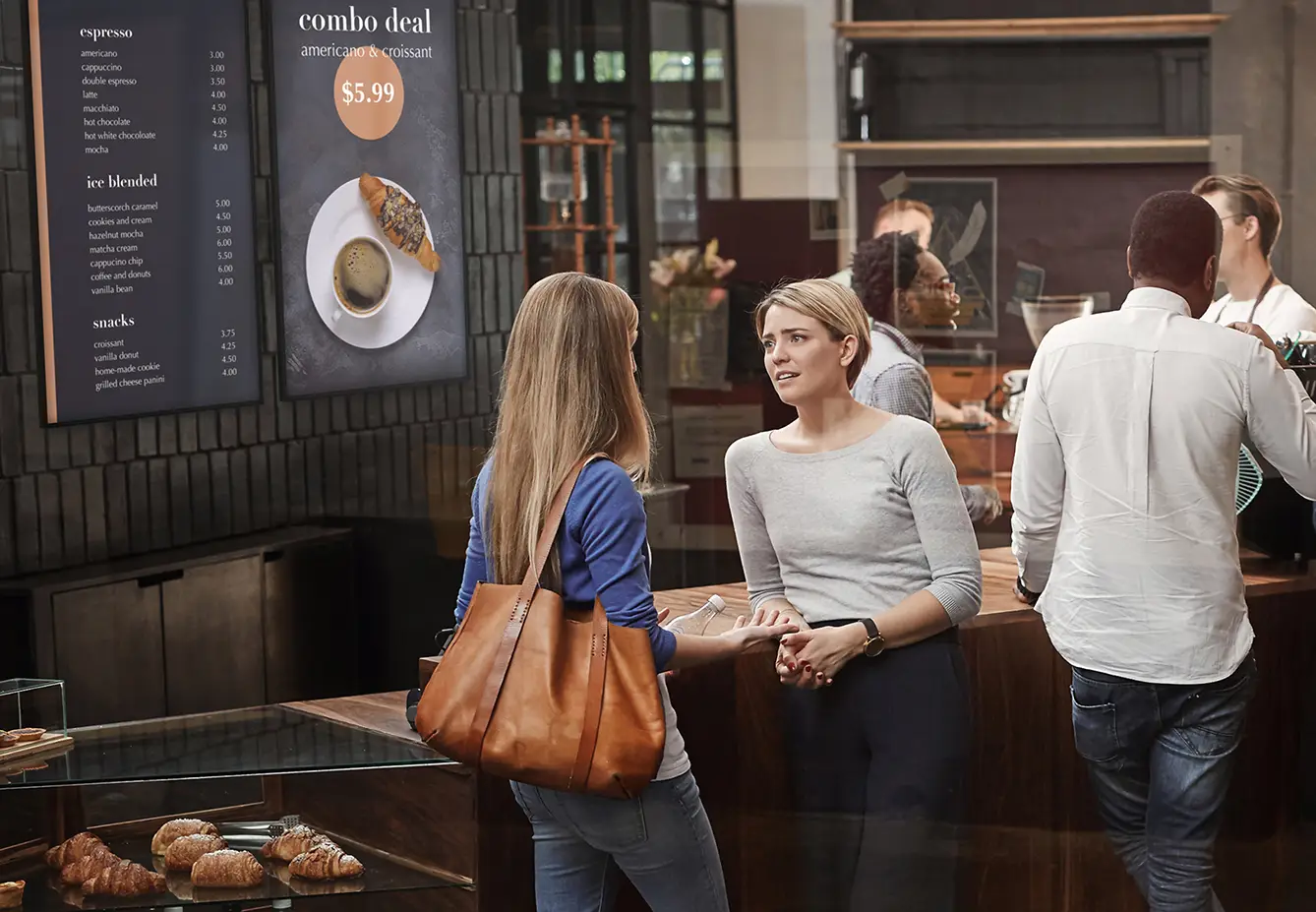
Digital menu boards have evolved from a novelty to a mainstay in today’s competitive food service industry. Research shows that eateries using these dynamic displays often see sales increases between 3% and 5%, with some experiencing spikes as high as 38%. Beyond boosting revenue, digital menus dramatically reduce operational costs and improve customer satisfaction through striking visuals and real-time updates. This analysis explores how easy menu digital signage is reshaping operations in quick-service restaurants, hospitality venues, and educational institutions—providing both immediate benefits and long-term advantages.
The Economic Imperative of Easy Menu Digital Signage
While eye-catching aesthetics draw attention, the true power of digital menu boards lies in their operational impact. A study by WAND Digital found that installing digital boards in a single restaurant can increase sales by 2%, and these gains compound across multiple locations without raising overhead.
Cost savings also emerge in tangible ways. Industry research from Networld Media Group suggests that digital menu boards often reach ROI between 9 and 18 months—sometimes in as little as six. By eliminating the expenses of printing, shipping, and manually installing new menus, businesses can update pricing, promotions, and daypart items remotely, saving both time and money.
| Cost Factor | Traditional Menu Boards | Digital Menu Boards |
|---|---|---|
| Menu Updates | $500-$2,000 per update cycle | Near-zero incremental cost |
| Implementation Time | 2-3 weeks per location | Minutes across all locations |
| Daypart Menu Changes | Limited or impossible | Automated and seamless |
| Promotional Flexibility | Fixed until next printing | Real-time adjustments |
For a multi-location brand, these savings increase sharply. “The ability to push real-time menu updates across all our locations has been transformative,” a representative from Chopt Creative Salad Co. says. “We can spotlight seasonal items and limited-time offers in ways that static boards never allowed.”
Three Implementation Paths for Easy Menu Digital Signage
1. Simple Method: Free Menu App
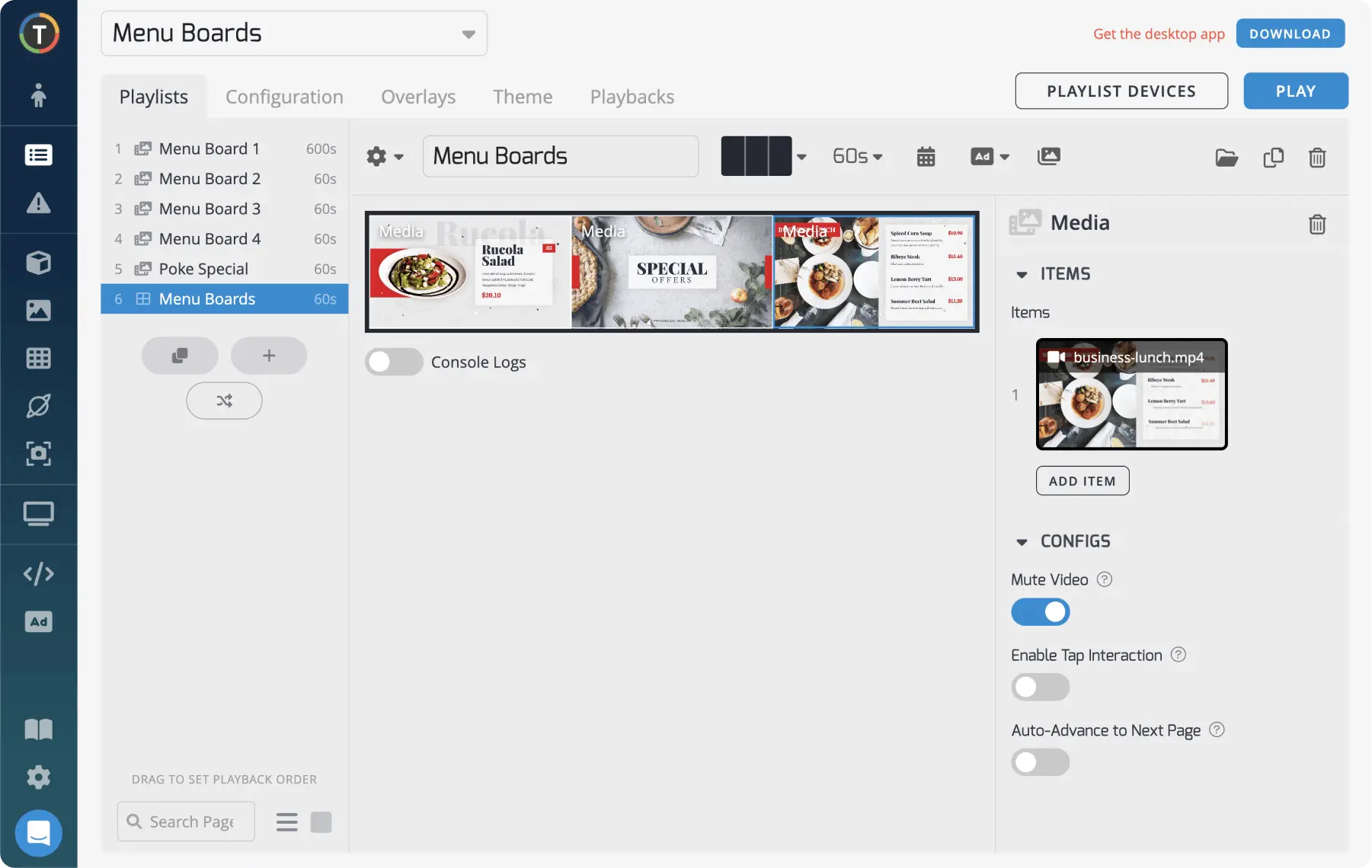
TelemetryTV’s free menu app offers an intuitive path to digital signage. With drag-and-drop functionality and automated scheduling, businesses can quickly transition from printed menus to digital boards. Centralized management means staff can roll out changes in minutes, sidestepping the costs and delays associated with static signage.
2. Advanced Implementation: MustHaveMenus Integration
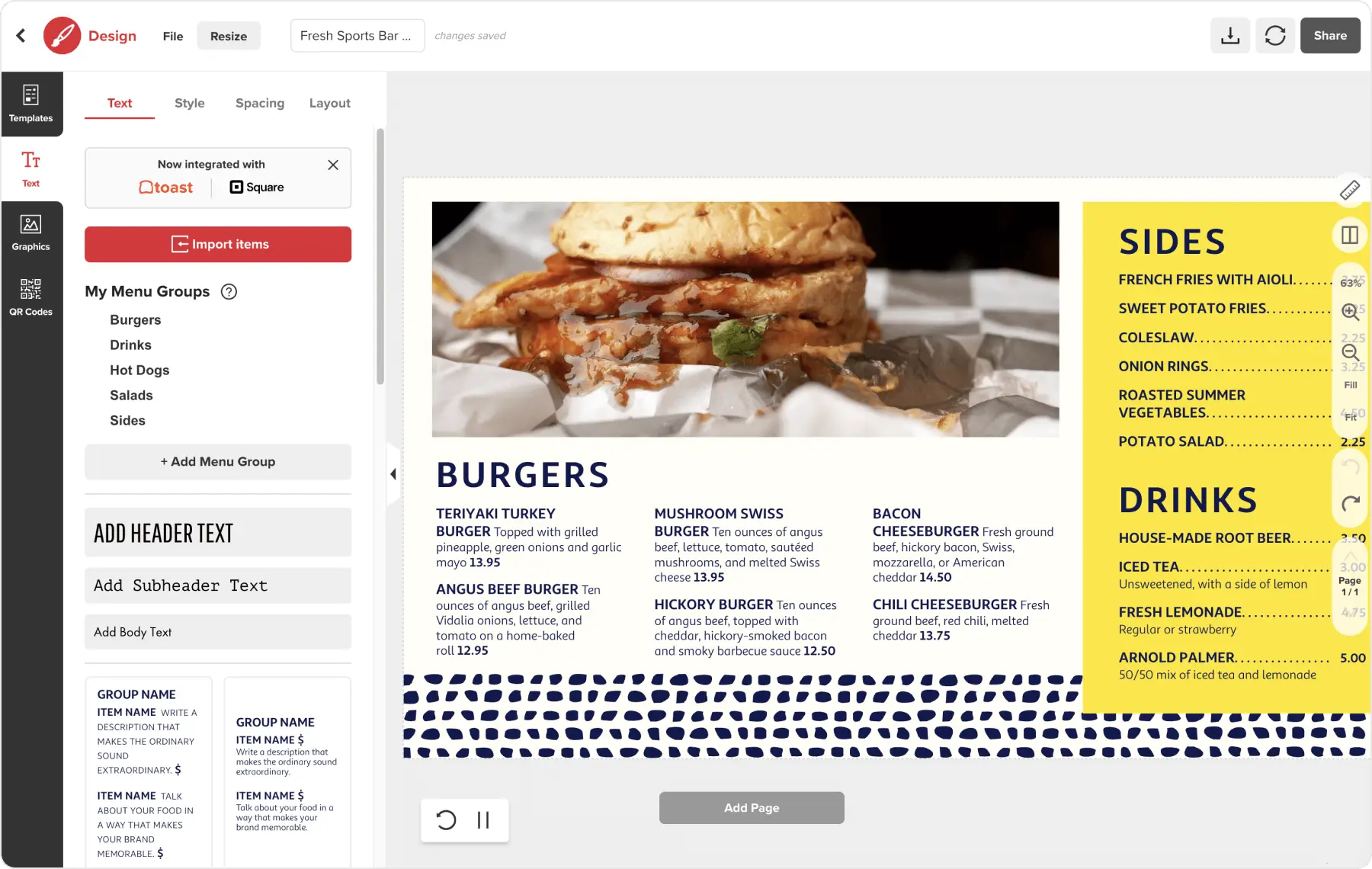
For organizations seeking polished designs without committing in-house resources, TelemetryTV’s integration with MustHaveMenus provides thousands of professionally crafted templates. Users can customize logos, colors, and typography before seamlessly publishing menus to TelemetryTV-powered displays. Automated scheduling also lets businesses promote short-term deals or seasonal offerings without reformatting entire boards.
3. Pro Level: Git-Based Webapps for Custom Menu Experiences
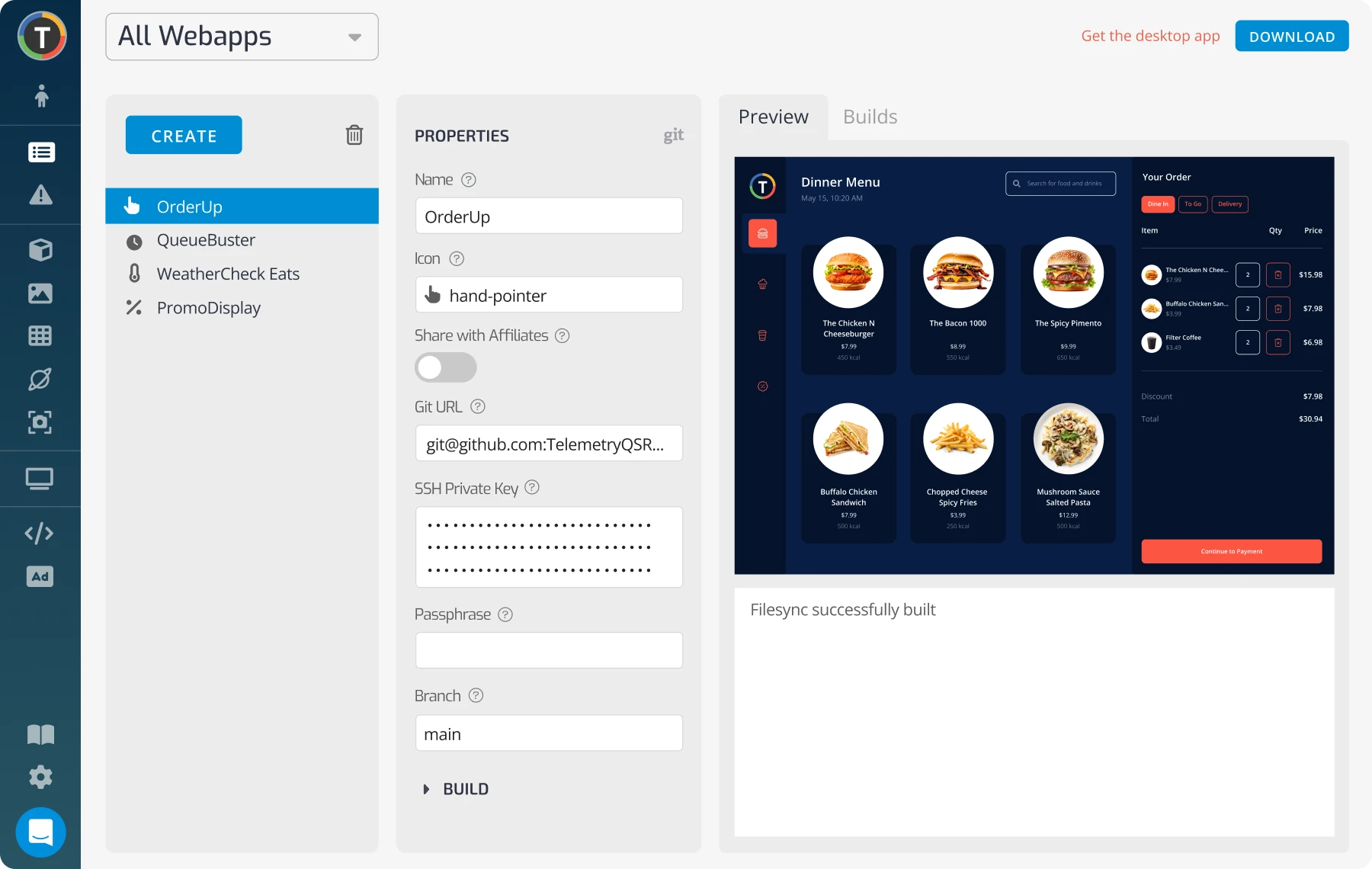
Enterprises needing highly specialized displays can deploy Git-based webapps, built and managed with TelemetryTV’s developer tools. This approach offers integration with inventory, POS, and CI/CD pipelines, supporting version control and collaborative development. Larger chains can unify brand standards while tailoring menu items for local markets.
// Example of TelemetryTV's SDK integration for a custom menu webapp
import { TelemetryTV } from 'telemetrytv-sdk';
// Initialize the client
const client = new TelemetryTV.Client();
// Get contextual information about the device
client.getContext().then(context => {
// Customize menu based on location, time of day, or inventory
if (context.location.state === 'California') {
showCaliforniaSpecials();
}
if (context.currentTime.hour > 11 && context.currentTime.hour < 14) {
showLunchSpecials();
}
});
Ten Essential Apps to Elevate Your Digital Menu Experience
Beyond displaying basic menu items, TelemetryTV’s digital signage software offers complementary applications to engage customers and streamline ops:
• Weather App – Show local forecasts to highlight relevant menu items.
• Social Media Feeds – Integrate Instagram or Twitter posts to showcase customer testimonials.
• YouTube Video Integration – Feature cooking demos or chef profiles during slower periods.
• Special Events Calendar – Promote upcoming specials or holiday-themed menu options.
• Wait Time Estimator – Keep patrons informed during peak hours.
• Nutritional Information Display – Provide ingredient details and allergen data.
• QR Menu Generator – Offer contactless access for on-the-go customers.
• Customer Feedback App – Collect real-time diner insights for menu improvements.
• Inventory Status Integration – Hide or show items based on stock availability.
• Multilingual Menu Support – Switch languages to accommodate diverse restaurant audiences.
The ROI Metrics That Matter
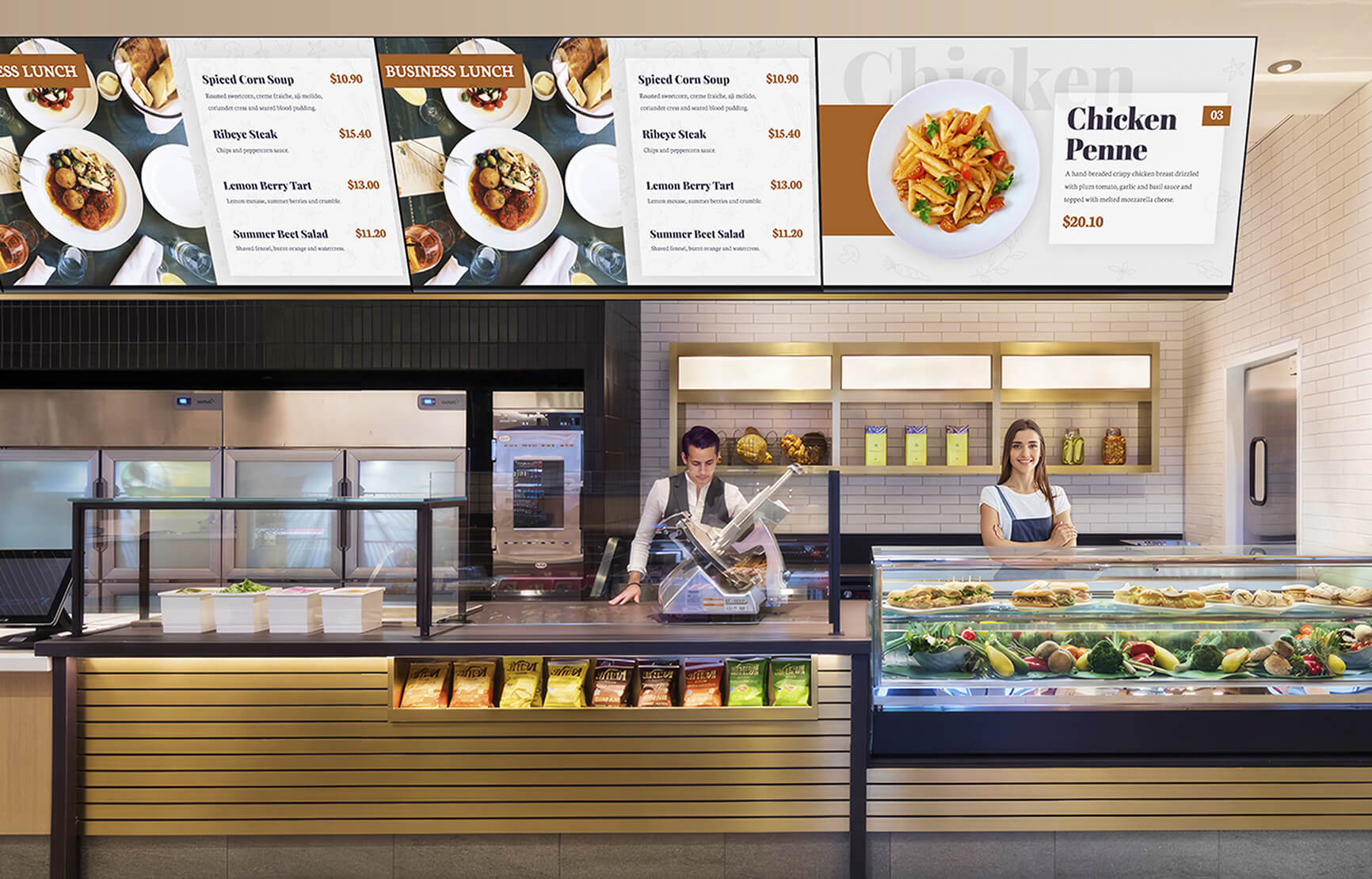
To gauge the effectiveness of digital menus, businesses should track:
Revenue Metrics
• Average Transaction Value: Rising 3–8% as visually enticing promotions boost sales of high-margin items.
• Upsell Conversion Rate: Dynamic signage raises combo and add-on conversions by up to 65%.
• Limited-Time Offer Performance: Seasonal highlights see 38% higher adoption rates with digital boards.
Operational Efficiency
• Menu Update Time: Shifting from weeks to mere minutes.
• Pricing Accuracy: Real-time edits nearly eliminate mismatches between displayed and actual costs.
• Deployment Costs: Printing and shipping expenses drop by about 92%.
Customer Experience
• Perceived Wait Times: Digital displays can reduce perceived wait by up to 35%.
• Order Accuracy: Visual clarity improves order precision by 12–18%.
• Customer Satisfaction: Surveys often show a double-digit rise in menu clarity and accessibility.
Implementation Strategies for Maximum Impact
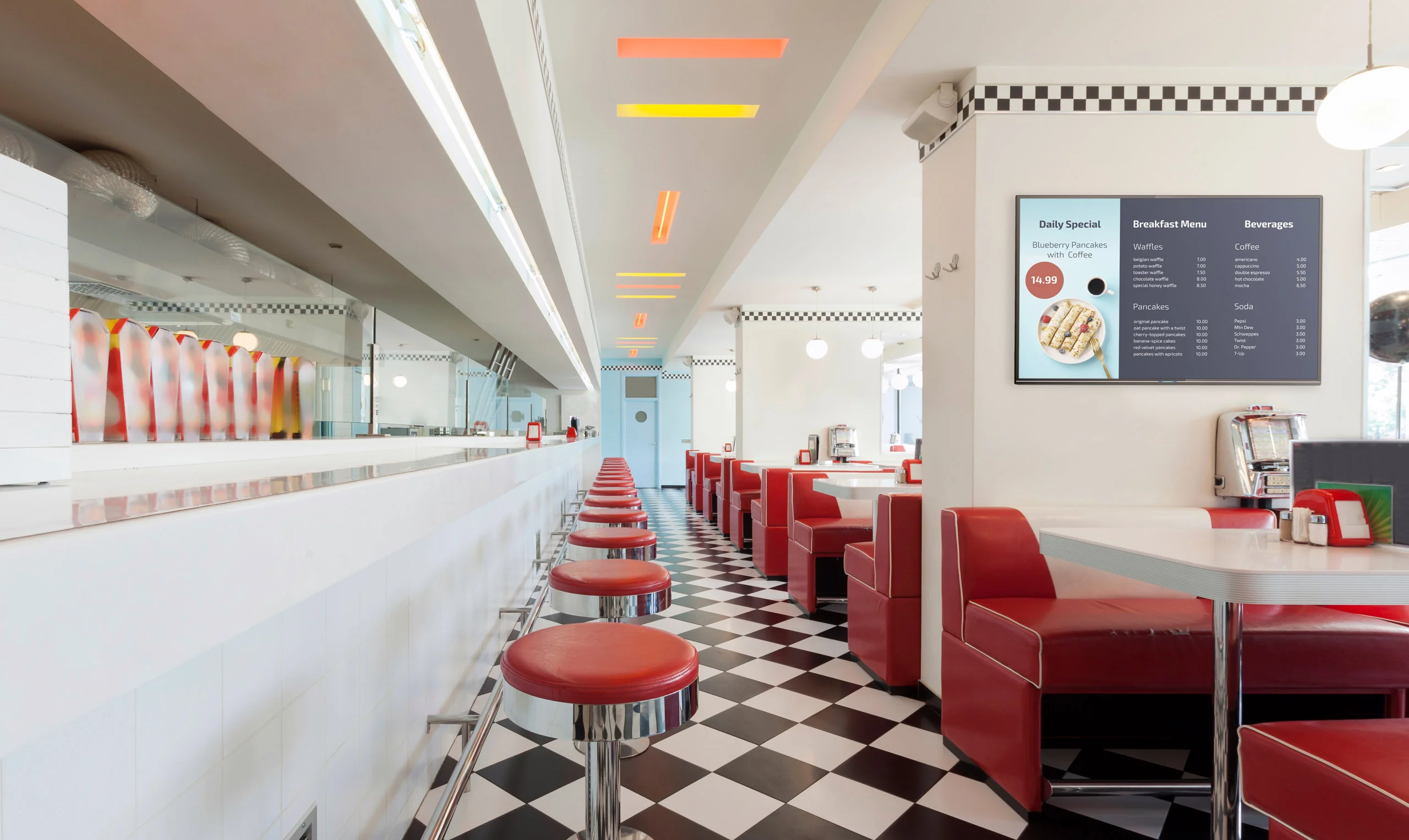
A phased approach helps food service brands refine, test, and perfect digital menu rollouts:
1. Strategic Planning Identify high-margin items, create approval workflows, and set clear metrics.
2. Pilot Implementation Launch in select locations; gather data on staff efficiency and customer reactions.
3. Optimization Adjust visuals and scheduling, run A/B tests for promotions, and refine content strategy.
4. Full Deployment Standardize hardware, finalize workflows, and train staff for consistent management.
Industry-Specific Applications of Easy Menu Digital Signage
Quick-Service Restaurants (QSRs)
Digital signage aids frequent updates for seasonal items and daypart changes. Drive-thru displays require high readability and strategic item placement to encourage upsells.
Fast-Casual Dining
High-resolution visuals and sophisticated layouts reflect an elevated brand identity. Detailed ingredient and allergen data appeal to health-conscious restaurant customers.
Educational Cafeterias
Institutions handle varied menu rotations and strict nutritional guidelines. Digital signage software here often doubles as an announcement board when meal service ends.
Case Study: Chopt Creative Salad Co.
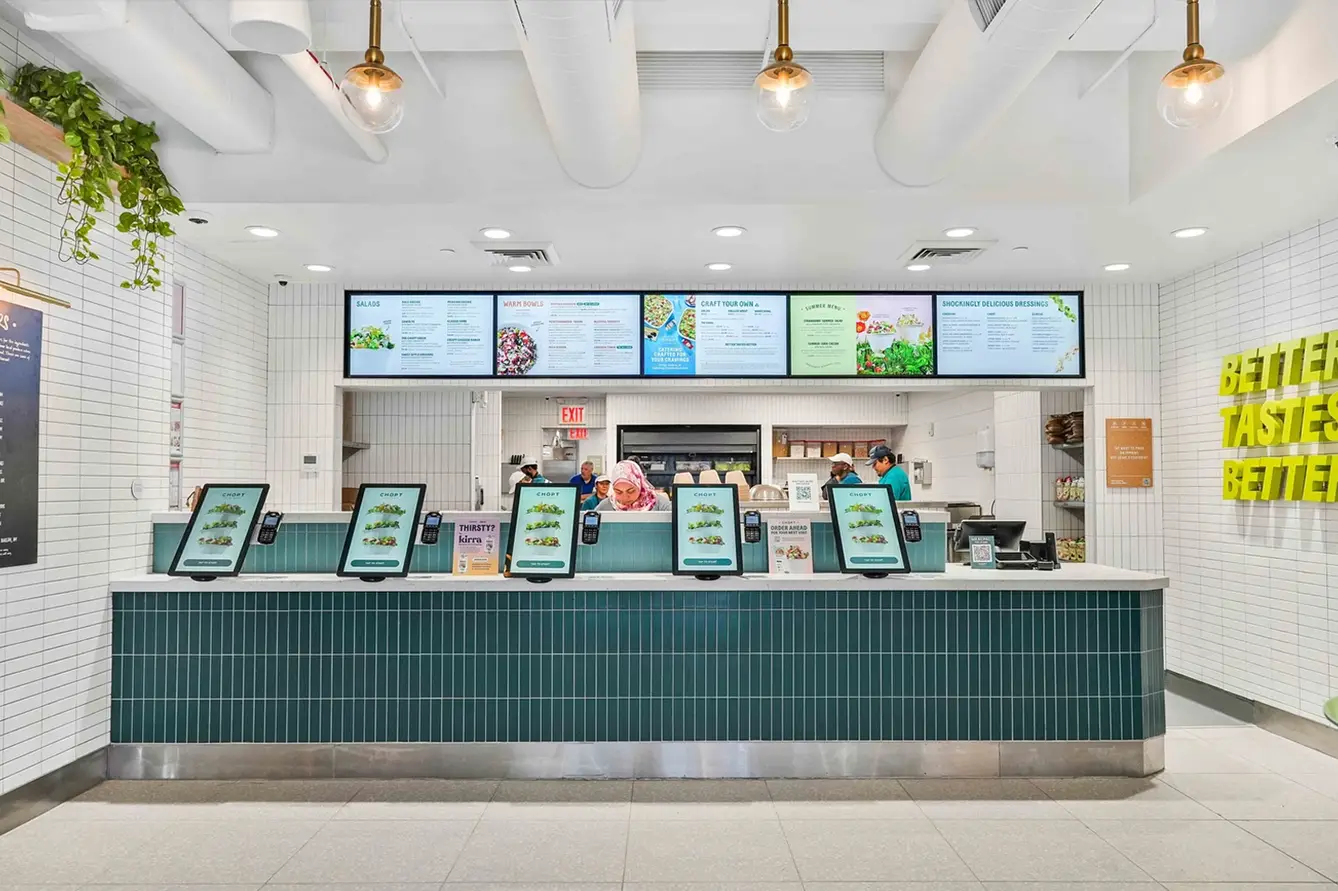
With over 70 locations in 11 states, Chopt Creative Salad Co. struggled to keep physical menus up to date—particularly for seasonal offerings. After switching to digital menu boards:
• Update Time dropped from weeks to hours.
• Simultaneous Deployment allowed new menu items to launch across all restaurants at once.
• Dynamic Content showcased seasonal partnerships, including collaborations with Zia Hatch Chile Company.
“Our rotating ‘Destinations’ program defines our brand,” says a company representative. “Going digital let us quickly synchronize promotions at every location, staying fresh and on-brand.”
The Technical Architecture Behind Easy Menu Digital Signage
Content Management System (CMS)
A robust, cloud-based CMS is crucial for creating, scheduling, and managing dynamic content. TelemetryTV’s cloud-based digital signage software offers enterprise-grade security, asset management, and remote control without on-premise servers.
Display Hardware
Commercial-grade displays must handle frequent usage and remain clear in various lighting conditions. TelemetryTV supports multiple operating systems, and its TelemetryOS devices can simplify updates and reduce maintenance.
Network Infrastructure
Consistent connectivity powers real-time updates. However, caching helps ensure uninterrupted service if the internet goes down. Segmented networks enhance security by isolating digital signage from other systems.
Future Directions in Easy Menu Digital Signage
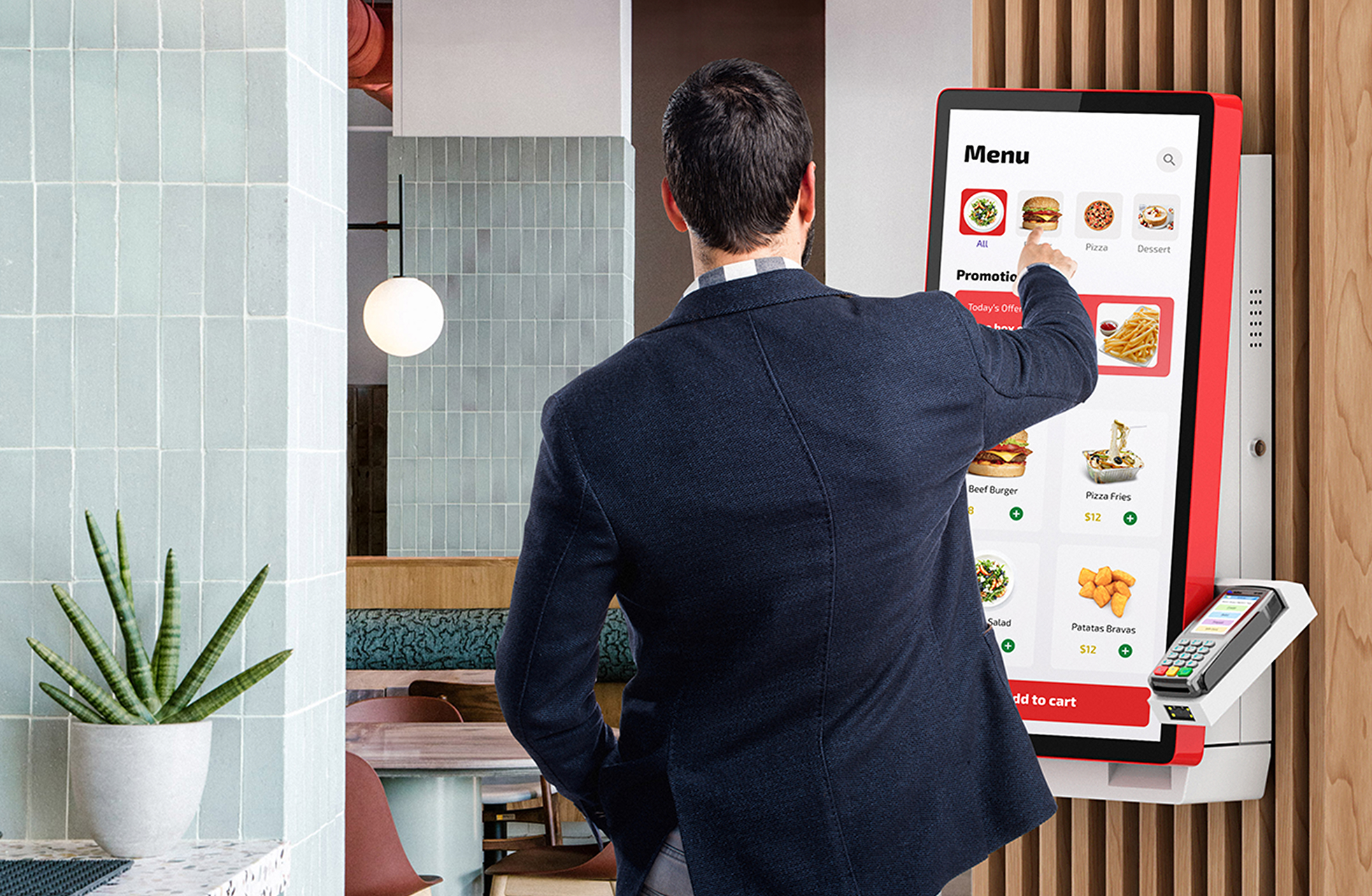
AI-Driven Optimization: By analyzing sales data, weather patterns, and inventory, AI can automatically reorder menu layouts to spotlight top sellers and minimize waste.
Interactive Menu Experiences: Touch-enabled displays and smartphone integrations offer on-demand nutritional data, loyalty program sign-ups, and real-time customization.
Sustainability Messaging: Many brands use digital signage to highlight sourcing and packaging initiatives, appealing to environmentally conscious consumers at the point of sale.
Conclusion: The Strategic Imperative

Digital menu boards are no longer a luxury for food service operators. These flexible systems generate higher sales, cut costs, and adapt to evolving customer demands. From simple menu apps to custom webapps integrated with enterprise systems, a digital approach offers unprecedented agility.
Forward-thinking companies recognize these boards as both a customer engagement tool and a critical operational lever. With ROI often materializing in under a year, the question is not if but how quickly food service brands can adopt—and optimize—digital menu solutions.
Easy Menu Digital Signage: Transforming Food Service Menus
Upgrade menus with live updates, vivid visuals, and real-time insights. TelemetryTV’s powerful digital signage software streamlines food service operations, from QSRs to cafes, so you can serve up success.
Start for Free


